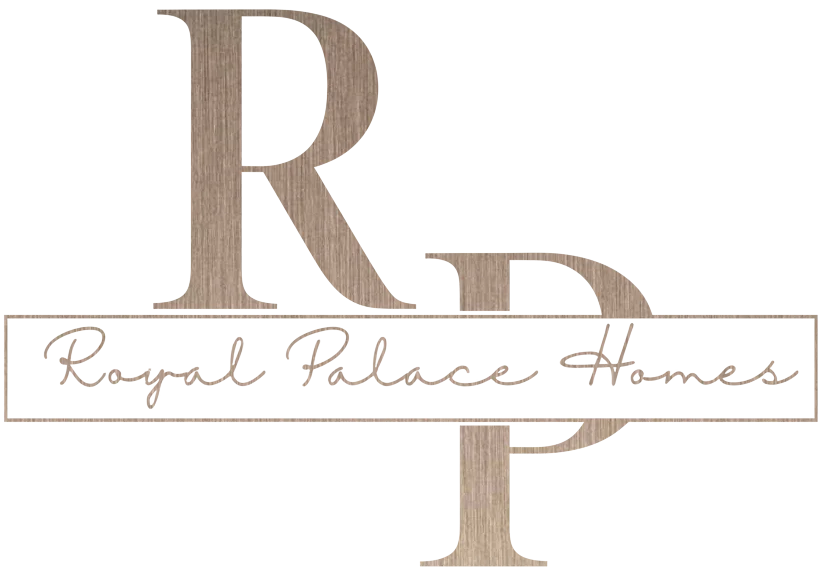Title: Strategies for Managing a Large-Scale Commercial Painting Project
Undertaking a large-scale commercial painting project can be a complex and demanding task. From managing a team of painters to coordinating with clients and suppliers, there are numerous moving parts that need to be carefully orchestrated in order to deliver a successful project. In this blog post, we will explore some effective strategies for managing a large-scale commercial painting project, with a focus on organization, communication, and quality control.
1. Detailed Planning and Organization:
The foundation of any successful painting project lies in detailed planning and organization. Before the project begins, it is essential to conduct a thorough assessment of the site, including the surface conditions, access points, and any potential obstacles. This information should then be used to develop a comprehensive project plan that outlines key milestones, timelines, and resource requirements. By having a clear roadmap in place, project managers can effectively allocate resources, anticipate potential challenges, and ensure that the project stays on track.
2. Clear Communication and Coordination:
Effective communication is paramount in managing a large-scale commercial painting project. Project managers should establish clear lines of communication with both their internal team and external stakeholders, including clients, suppliers, and subcontractors. Regular meetings and updates should be scheduled to keep all parties informed about project progress, timelines, and any changes in scope. Additionally, having a designated point of contact for each aspect of the project can help streamline communication and ensure that all team members are aligned in their efforts.
3. Quality Control and Compliance:
Maintaining high-quality standards and regulatory compliance is critical in commercial painting projects. Project managers should establish robust quality control processes to ensure that all work meets industry standards and client expectations. This may involve conducting regular inspections, implementing quality assurance protocols, and providing ongoing training for the painting team. Compliance with health and safety regulations, environmental standards, and building codes should also be closely monitored throughout the project.
4. Resource Management and Efficiency:
Large-scale commercial painting projects often involve the coordination of multiple resources, including manpower, materials, and equipment. Project managers should carefully manage these resources to optimize efficiency and minimize waste. This may involve implementing just-in-time inventory management, optimizing work schedules to maximize productivity, and ensuring that the team has access to the necessary tools and equipment to perform their tasks effectively.
5. Flexibility and Adaptability:
Despite the best-laid plans, commercial painting projects can often encounter unexpected challenges or changes in scope. Project managers should be prepared to adapt to these situations by maintaining a flexible mindset and having contingency plans in place. This may involve reallocating resources, revising timelines, or making adjustments to the project plan in response to unforeseen circumstances.
In conclusion, managing a large-scale commercial painting project requires a combination of meticulous planning, effective communication, and a strong focus on quality control and resource management. By implementing these strategies, project managers can navigate the complexities of such projects with confidence, ensuring that they are delivered on time, within budget, and to the highest standards of quality.

